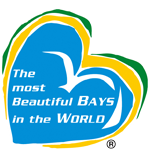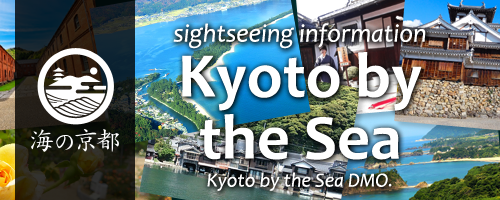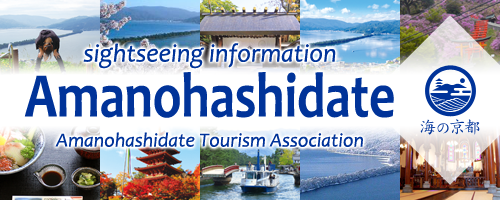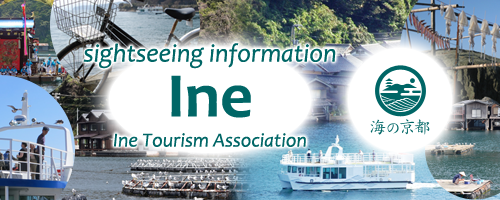The story of Amanohashidate
- HOME
- The story of Amanohashidate
I’d be happy if you wanted to know more about Amanohashidate!
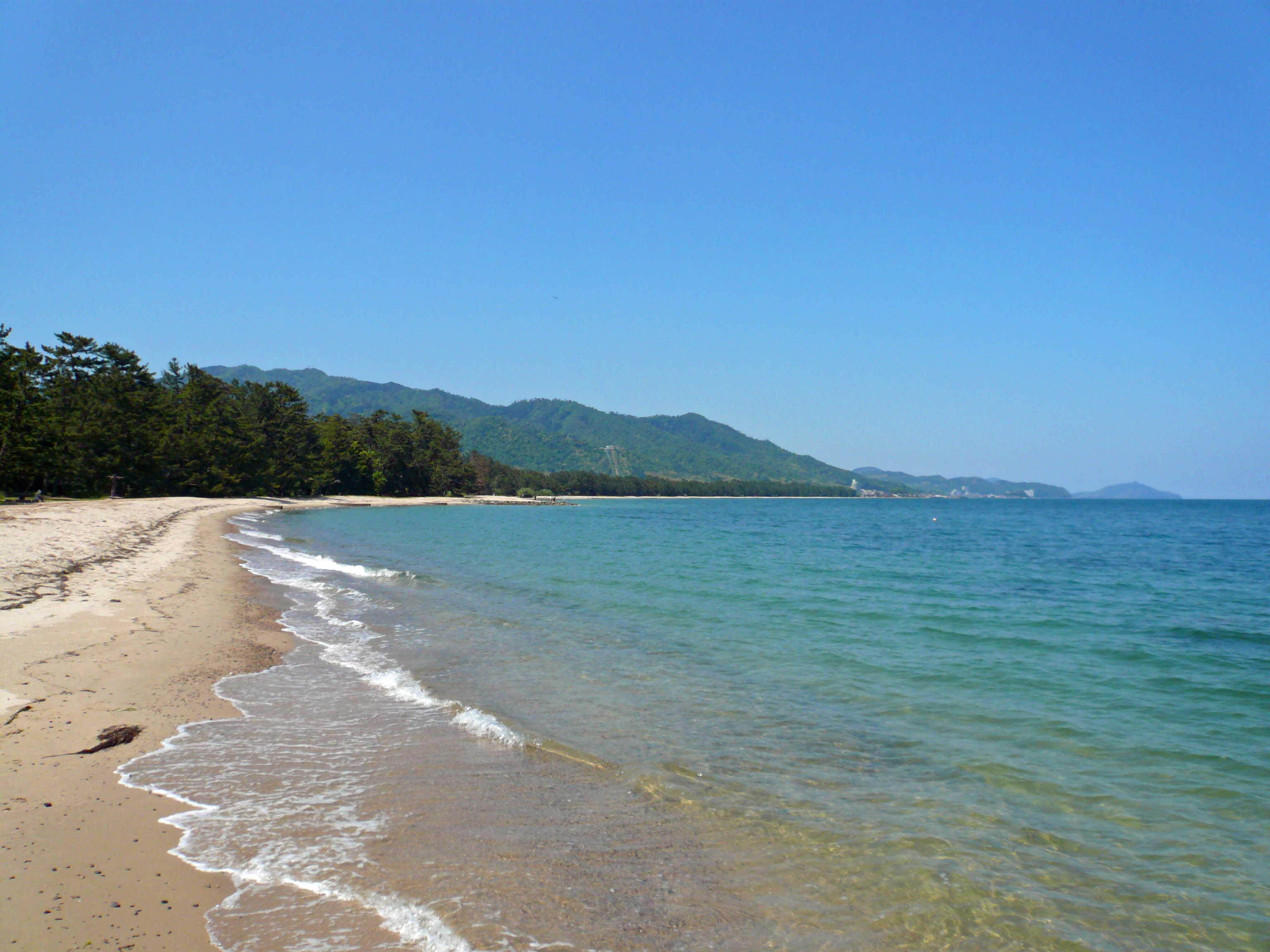
What is
Amanohashidate?
Amanohashidate, in Northern Kyoto Prefecture, is one of the three most beautiful scenic spots in Japan, along with Matsushima in Miyagi Prefecture and Miyajima in Hiroshima Prefecture. It is a 3.6-kilometer-long narrow sandbar stretching between Aso sea and Miyazu Bay, which is covered with many pine trees. Amanohashidate means “the bridge to heaven”. It is named because it appears like a bridge floating up in the sky when you turn your back to Amanohashidate and bend down to view it upside-down through between your legs from the Kasamatsu park. This unique way of viewing is called “Matanozoki”. Amanohashidate was formed over a long period of time by the accumulation of sand carried into Miyazu Bay by the ocean currents flowing into the Sea of Japan and sediment from the Noda River flowing into the Aso Sea (inland sea) and the pine trees naturally grew there, creatning a scenic landscape, with beautiful pine trees lining the beach and white sand.
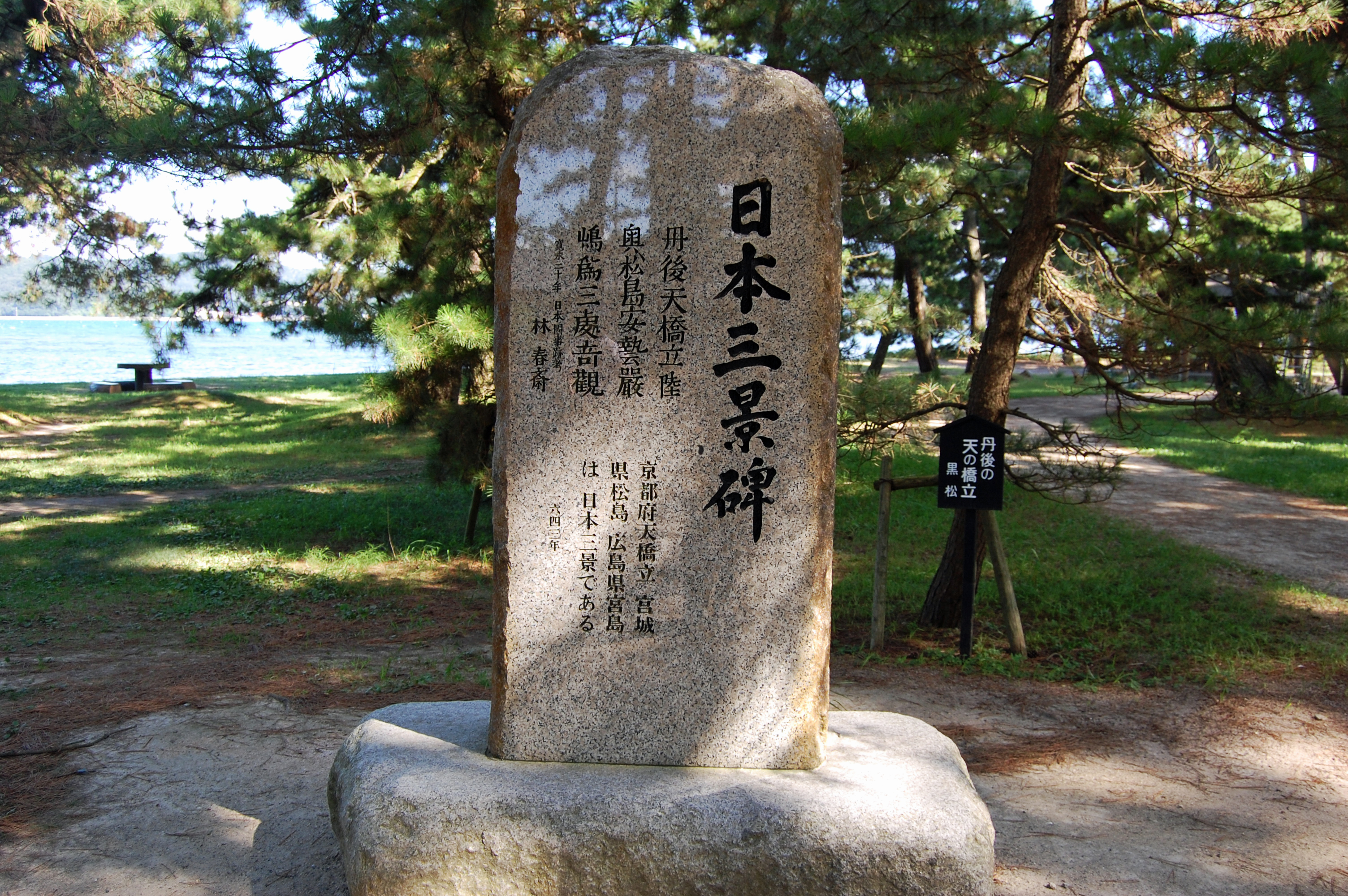
Japanese mythology says …
According to the “Tango Fudoki”, Amanohashidate was once thought to be a bridge to heaven. It is said that it was a floating bridge which the god Izanagi and the goddess Izanami used to go up and down to the heavens, and that one day, while Izanagi was taking a nap, the floating bridge collapsed onto the sea, which became Amanohashidate. Japanese mythology holds that Izanagi and Izanami were responsible for creating the Japanese archipelago by birthing numerous gods. This story is referred to as the ‘Kuniumi’, which is the story of the birth of Japan.*The image is “Monument of Three scenic spots in Japan”
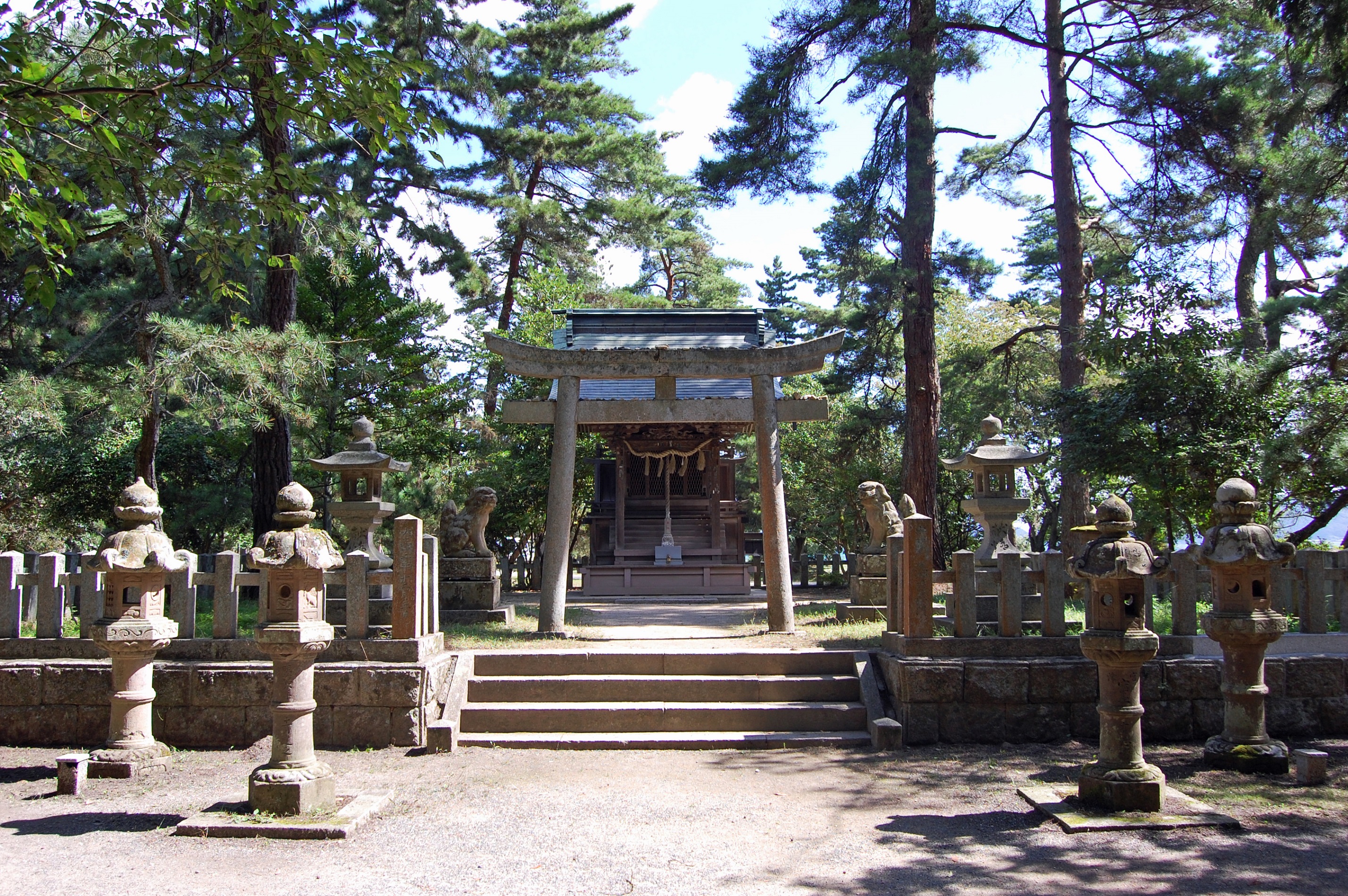
Tango Fudoki
“Fudoki” is a description of the natural features, culture and history of a certain region. In the narrow sense, it refers to the oldest records written in the Nara period, which were compiled by Empress Genmei’s order to solidify and centralize the power of the imperial court, later came to be called Kofudoki (Old Fudoki). Compilation of Kofudoki began in 713 and was completed over a 20-year period. “Tango Fudoki” mentioned here means Old-fudoki written about Tangokoku.*The image is “Hashidate Myojin”
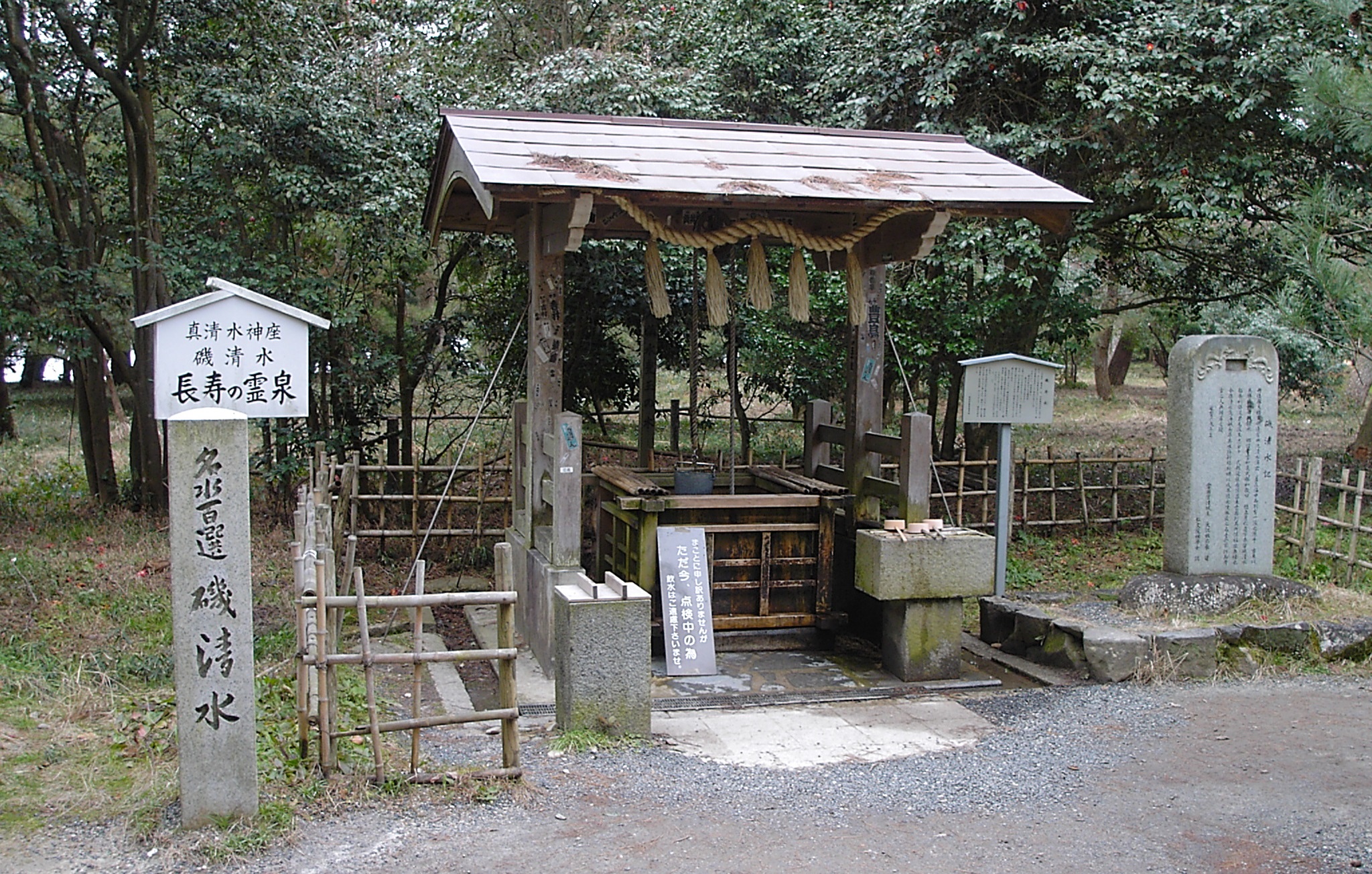
Have you heard about “Hashidate Myojin Isoshimizu”?
There is a shrine called “Hashidate Myojin” in Amanohasidate, which enshrines “Toyouke no Okami”, one of the deities born from Izanagi and Izanami. In addition, Okawa Daimyo-Jin God, Ukanomitama no kami goddess and Hachidai-Ryuoh Gods are worshiped here. It is interesting that Bato Kannon is also enshrined here, due to the influence of the amalgamation of Shinto and Buddhism. Strangely, fresh water springs in the precincts of this shrine, which stands on the sandbar surrounded by the sea on both sides and it is called “Isoshimizu”. In 1985, it was certified by the Ministry of the Environment as one of Japan’s 100 remarkable waters. However, note that, it is now considered not suitable for drinking, and a notice has been posted at the water drawing site advising that it should be used as Chozu (ritual water for purifying hands before entering a shrine).*The image is “Isoshimizu”

2.jpg)
